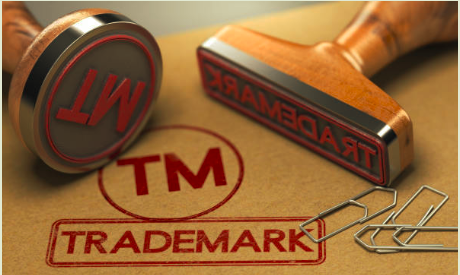As the owner of a business or product in Nigeria, the importance of registering your trademark cannot be over emphasized. A trademark is a symbol or a sign which differentiates the goods and services of one business from another one. This symbol or sign may be in the form of a logo, name, slogan, domain name, shape, colour or sound. The registration of a trademark affords protection to the owner of the mark by ensuring the exclusive right to use it to identify goods or services.
The description of goods and services in Nigeria is based on the Nice Classification established under the Nice Agreement 1957. The Nice Classification, also known as the International Classification of Goods and Services, categorizes goods and services for the purposes of trademark registration into forty-five (45) classes. Before filing an application, it is important for the applicant to identify the applicable class of trademark as registering a trademark under a particular class provides protection under that category only. If a trademark is used for goods and services under different classes, separate applications are required to be filed under each class to get protection of trademark for the respective goods and services.
The registration of trademarks in Nigeria is governed by the Trademarks Act. The place of registration is the Trademarks, Patents and Designs Registry located in the Commercial law Department of the Ministry of Industry, Trade and Investments.
The Procedure for the Registration of a Trademark are as follows:
- Availability Search: To begin your trademark registration, the first step is to conduct an availability search at the Registry to determine the availability or otherwise of the mark under the relevant class. This search can be conducted either on the trademark portal or a physical search at the Trademark Registry can be conducted. However, it is always advisable to conduct a physical search. The timeline for obtaining the search result is within two (2) to three (3) days. In conducting an availability search, the required class in which the mark is to be registered must have been identified. This is because the search will be done under the identified class.
- Filing of Application: After confirming the availability of the mark to be registered under the required class, an application can thereafter be filed.
- Confirmation of the Application: Following the filing of the application, the receipt of the application will be confirmed by the issuance of an Acknowledgment Letter. However, this letter is merely a confirmation of receiving the application and does not signify the acceptance of the application. At this stage, the mark can still be rejected for registration.
- Acceptance/Rejection Stage: After issuance of the acknowledgment letter, the application will thereafter be considered and will either be accepted or rejected. The timeline for awaiting the acceptance or rejection of the application is usually one (1) to two (2) weeks from receipt of the Acknowledgment Letter. Where the mark to be registered is accepted, an Acceptance Letter will be issued to the applicant. On the other hand, the mark to be registered may be rejected based on failure to meet up with the prescribed standard. Where this happens, a Rejection Letter will be issued to the applicant and the applicant may either decide to appeal the objection or file a fresh application after making the necessary amendments to the mark. In the event that the applicant chooses to file an appeal, the appeal must be brought within two months of the date of refusal.
- Publication of Mark: Following the issuance of the Acceptance Letter, the mark is expected to be published in the Trademark Journal. The publication of the mark in the Trademark Journal is expected to serve as a form of notice to the public as is required of the Trademark Registry. This notice gives the members of the public an opportunity to oppose the registration of the trademark and the timeline within which an opposition may be brought is two (2) months from the date of publication. Where the mark is opposed, the applicant will be allowed to file a defence to the opposition. The length of time before publication usually spans six (6) to eight (8) months. However, the timeline for the publication varies as it could sometimes be shorter or longer.
- Application for Certificate: In the absence of any opposition challenging the application, the applicant may proceed to apply for the issuance of the Trademark Certificate. The timeline for obtaining the Trademark Certificate is two (2) to three (3) months. The issuance of the Trademark Certificate thereby concludes the entire registration process.
The trademark registration is valid for a period of seven (7) years from the date of filing at the first instance. Thereafter, the trademark will be renewed every fourteen (14) years. The application for renewal should be made not less than three (3) months from the due date.
It is important to note that a trademark may be registered either plainly (black and white) or in colour. However, where a trademark is registered in colour, the protection afforded the mark is limited to the colour(s) registered. On the other hand, a plain registration affords protection to all colours of presentation of the trademark.
Written by Chiamaka N. Anyanwu for The Trusted Advisors
Email us: [email protected]
Telephone Number: +234 810 159 9159

